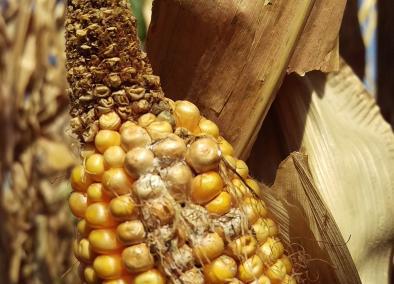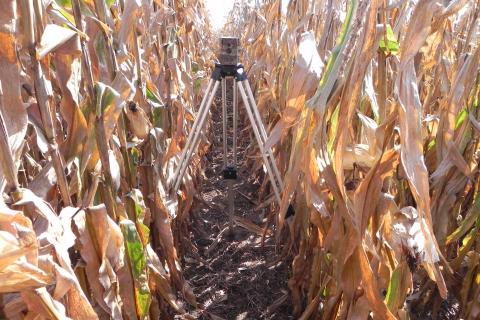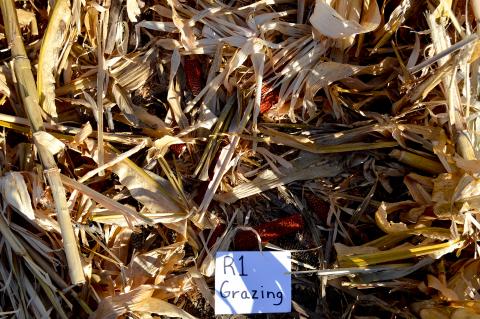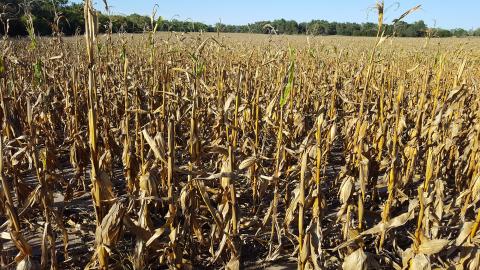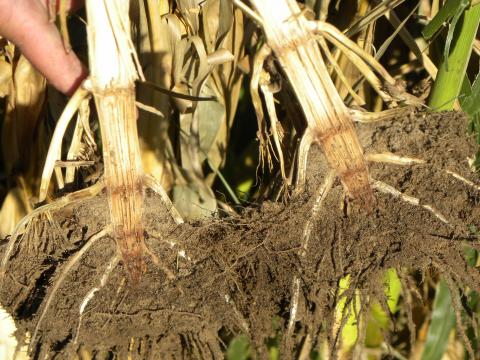Harvest 2016 — When Corn Yields are Below Expectations
October 14, 2016
A review of 2016 growing conditions across Nebraska sheds light on a number of factors that may have contributed to reduced yield in individual fields. An understanding of these factors may be helpful when selecting seed for 2017.
Ear and Stalk Rot Diseases Becoming More Common in Corn Fields
October 13, 2016
Ear rot diseases have been observed and stalk rot diseases are becoming increasingly common. It’s important to scout for stalk rot diseases now to determine which fields are at greatest risk of lodging and should be harvested first. Although it is unknown if ear rot diseases are widespread, it’s also important to scout for ear rot diseases to know how to better handle affected grain at harvest to prevent or minimize impacts on grain quality.
Watch an Entire Growing Season in One Minute
October 13, 2016
Watch an entire corn growing season in 1 minute in these shots of a Nebraska field in extreme southeast Nebraska!
Corn Residue Field Days Oct. 20, 28
October 4, 2016
In a year when profit may be limited, can harvesting corn residue offer an additional income stream for Nebraska farmers? Two October field days on either end of the state look at field trials of grazing and baling effects on residue, the soil, and yields.
Scouting for Stalk and Ear Rot Diseases
September 29, 2016
Stalk rot diseases are increasing in corn, causing top die-back in a number of fields, and ear rot diseases are developing in some fields. Scout fields now to help determine the need for any adjustments in your harvest management.
Yield Forecast Center Predicts Corn Yields Well Below USDA-NASS Projections
September 22, 2016
End-of-season yield forecasts for irrigated and dryland corn across eight states in the Corn Belt indicate above average yields for 2016, but not the record-breaking yields predicted by USDA in their September forecast. While two states are forecast to have yields below the 10-year average (-1% to -4%), the remaining states showed above average yields ranging from 1% to 21% above the 10-year average.
Use Corn Stalk Nitrate Tests to Evaluate N Management
September 21, 2016
A late-season corn stalk nitrate test can be a valuable tool in assessing your nitrogen management program.
Stalk Rot Diseases Including Anthracnose Top Dieback Developing in Some Fields
September 9, 2016
While most of the Nebraska corn crop looks good, there is early evidence of developing stalk and crown rot diseases, including Anthracnose top dieback. Producers are encouraged to scout their fields for disease and prioritize those fields for harvest where lodging may become an issue.
